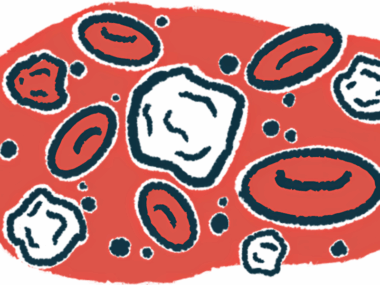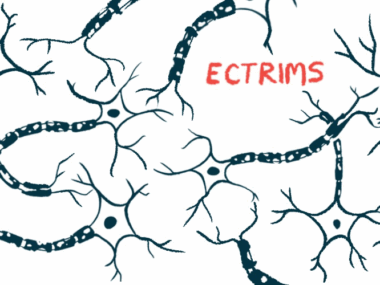PAG-MS-guided exercise offers path to easing MS depression
Meta-analysis of 12 studies supports its use as nonpharmacological treatment
Written by |

Regular exercise that follows established guidelines for physical activity in multiple sclerosis (MS) leads to clinically meaningful gains in depression and supports its use as a nonpharmacological treatment for people with MS, a meta-analysis of 12 studies suggests.
The meta-analysis, “Effects of meeting exercise guidelines on depression and anxiety in multiple sclerosis — a systematic review and meta-analysis,” was published in Physiotherapy Theory and Practice.
MS occurs when the immune system mistakenly attacks and damages healthy parts of the brain and spinal cord. This leads to a range of symptoms, including problems with balance and movement, extreme fatigue, along with mental health issues, such as depression and anxiety.
A number of pharmacological and nonpharmacological strategies can be used to manage depression and anxiety, and exercise — on its own or with other strategies — has also emerged as a promising approach, but the results have been inconsistent. That may be, in part, because many exercise programs don’t follow the Physical Activity Guidelines for MS (PAG-MS).
These guidelines recommend engaging in at least 150 minutes (2.5 hours) of exercise or lifestyle physical activity, that is, physical activity done during occupational, household or leisure activities, each week. Alternatively, patients may engage in 10-30 minutes of moderate aerobic activity twice a week, plus strength training for major muscle groups.
Exercise and mental health outcomes
To see if following the PAG-MS leads to better mental health outcomes — specifically, depression and anxiety — researchers at the University of Kansas Medical Center and the University of Michigan combined data from published randomized clinical trials. Of 2,034 studies reviewed, 12 were analyzed. These involved 458 adults with MS, 233 who received exercise interventions and 225 who were in control groups. Their average ages ranged from 28 to 48.
All the studies followed PAG-MS, but the programs varied. Three studies used yoga and three others used aquatic exercise. Some combined different exercise modalities, such as aerobic and resistance training, aerobic exercises and Pilates, and high-intensity interval training with balance training. Other studies used exergaming, which combines video games and physical activity, cycling, or home-based programs.
The programs ranged from five to 109 weeks, with most lasting eight to 12 weeks. The patients exercised two to five times a week in sessions of 15-105 minutes. The control groups also differed. Some used waiting lists, where the controls would receive the same exercise program after the intervention had ended, while others offered relaxation or discussion sessions.
Across 11 studies that used the Beck Depression Inventory (BDI), a common scale for depression, where lower scores indicate improvement, exercise that met PAG-MS significantly eased depression. While the results varied between studies, BDI scores fell by 4.46 points, on average, which exceeds the 3-point threshold considered the minimal clinically important difference.
Only two studies comparing yoga versus a control looked at anxiety. While they showed a trend toward improvement, the results weren’t statistically significant.
“Given the limited data on anxiety outcomes, further research is needed to clarify the potential benefits in this domain,” the researchers wrote. “Exercise interventions meeting PAG-MS not only lead to statistically significant improvement in depression, but also achieve clinically meaningful improvements. This highlights the real-world relevance of such interventions in improving depression for [people with MS].”






